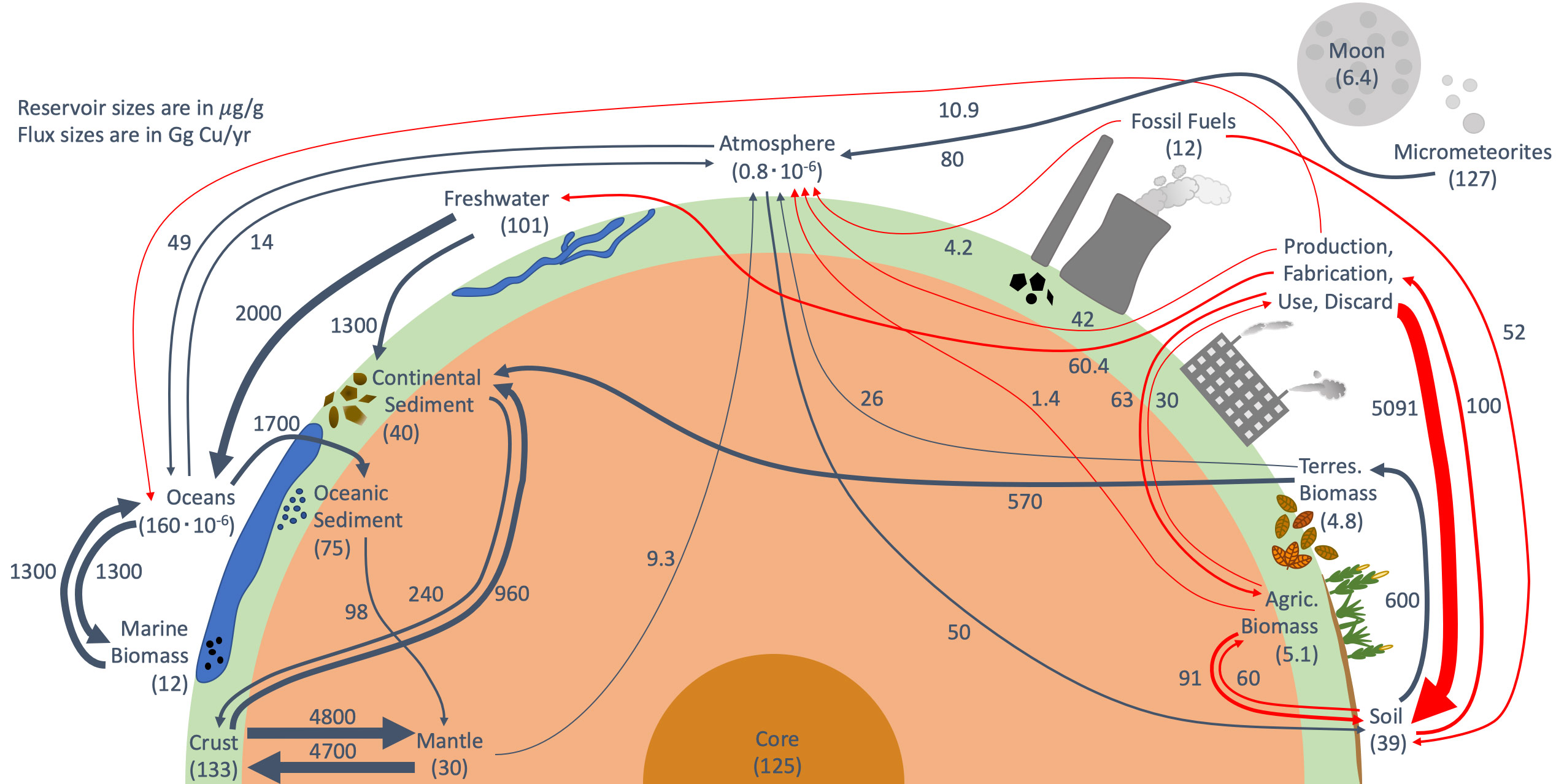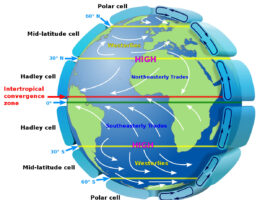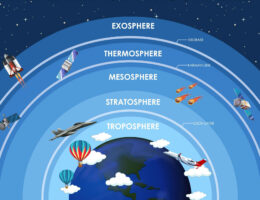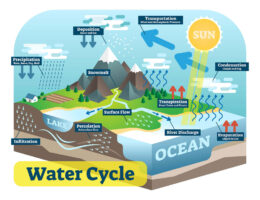The copper cycle refers to the biogeochemical process by which copper is cycled through the earth’s atmosphere, soils, and water systems. Here is a brief description of the labeled parts of the copper cycle:
- Mining: Copper is mined from underground or open-pit mines in the form of copper ores, which typically contain about 0.6% copper by weight.
- Smelting: Copper ores are processed through a smelting process, in which they are heated to high temperatures and the copper is separated from other elements in the ore.
- Refining: The separated copper is then further refined through a series of chemical and electrolytic processes, which purify the copper and produce high-purity copper metal.
- Manufacturing: The purified copper is then used to manufacture a variety of products, including electrical wiring, plumbing pipes, and various industrial and consumer goods.
- Use: The products made from copper are used in a variety of applications, including electrical and electronic equipment, construction, transportation, and many others.
- Recycling: Copper-containing products are often recycled, either through scrap metal recycling or through dedicated recycling programs for specific products such as electronics.
- Disposal: Copper can also end up in landfills or wastewater, which can have negative environmental impacts if not properly managed.
The copper cycle is an important part of the global economy and the production of many essential products, but it can also have negative environmental impacts if not managed responsibly. Understanding the various processes involved in the copper cycle can be important in optimizing resource use, reducing waste, and minimizing environmental impacts.



